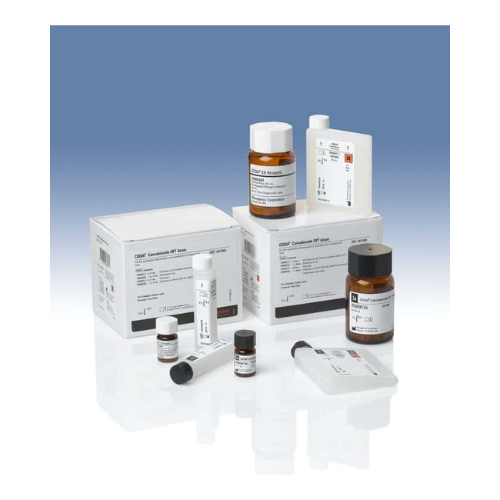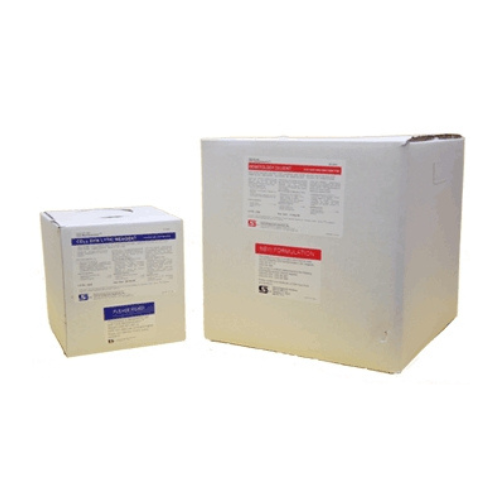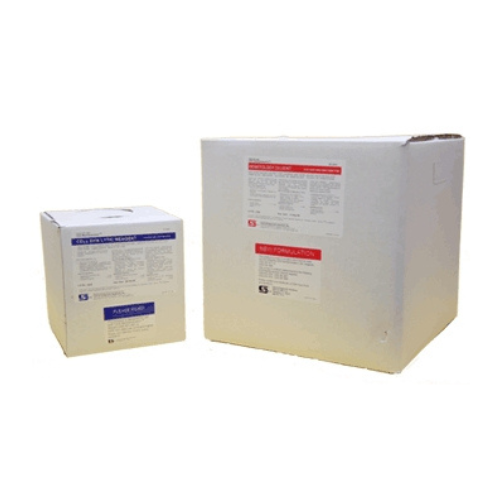For Business Use Only. Does Not Ship to Residential Addresses. For use inside an Analyzer, Sold Separately.
Thermo Kit PPX 500mL
In Stock
Product code: T-0433
MPN: 0433
Manufacturer: Thermo Scientific
Shipping Weight: 2.00lbs (0.91kg)

WHY CHOOSE BLOCK SCIENTIFIC?
See why in 2 mins.
Thermo Kit PPX 500mLRECOMMEND SHIP UPS NEXT DAY AIR
Specifications
- Control Sets: MGC Multi-Drug Controls
- Description: DRI Propoxyphene Drugs of Abuse Assays
- Detectable Analytes: Propoxyphene
- DoA Calibrators: DRI Multi-Drug Calibrators
- Quantity: 500mL
- Storage Requirements: 2° to 8°C
Intended Use
The DRITM Propoxyphene Assay is intended for qualitative and semiquantitative determination of propoxyphene in human urine.
Summary and Explanation of the Test
Propoxyphene (Darvon), a narcotic analgesic, is one of the most commonly prescribed drugs in the United States for the treatment of mild to moderate pain. It is also dispensed in a common formulation with other analgesics such as aspirin and acetaminophen. Use of propoxyphene can produce central nervous system depression effects similar to those of opioids. The side effects associated with the use of propoxyphene include nausea, vomiting, constipation, abdominal pain and drowsiness. Accidental or intentional overdose of propoxyphene may lead to convulsion, delusion, hallucination, confusion, cardiovascular collapse, respiratory depression, and in severe cases, may cause death. When propoxyphene is ingested, it is rapidly metabolized and excreted into urine as norpropoxyphene with only about 20% reaching systemic circulation as unchanged drug. Detection of propoxyphene or its metabolite in urine indicates use of propoxyphene.
Various assay techniques are available for propoxyphene determination. However, these test methods are laborious and not suitable for high volume screening test application.
The DRI Propoxyphene Assay is a homogeneous enzyme immunoassay using ready-to-use liquid reagents. The assay uses specific antibodies, which can detect propoxyphene in urine. The assay is based on the competition of an enzyme glucose-6-phosphate dehydrogenase (G6PDH) labeled drug and the drug from the urine sample for a fixed amount of specific antibody binding sites. In the absence of drug from the sample, the specific antibody binds the drug-labeled G6PDH and the enzyme activity is inhibited. This phenomenon creates a relationship between drug concentration in urine and the enzyme activity. The enzyme G6PDH activity is determined spectrophotometrically at 340 nm by measuring its ability to convert nicotinamide adenine dinucleotide (NAD) to NADH.











